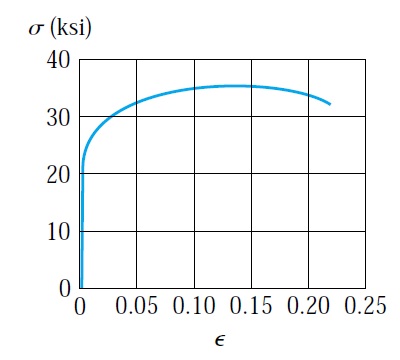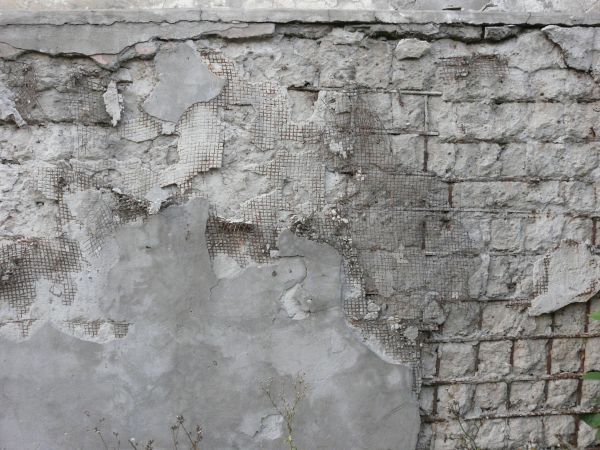Modular expansion joint
The basic concept of modular expansion joint is the divide the gap for expansion joint into smaller gaps using a separation beam, and it can accommodate a wide range of movement up to 2000 mm and it can accommodate transverse movement and rotation also.

The modular expansion joint allows movement in every direction. It allows movement in the longitudinal and transverse direction. It can accommodate a large movement in transverse direction compared to the elastomeric joint. Also, it can rotate about an axis. It can accommodate large transverse and vertical movement without developing constraint forces. A completely watertight system with drainage at the bridge surface.
Component of modular expansion joint

Figure 1
The modular expansion joint allows movement in every direction. It allows movement in the longitudinal and transverse direction. It can accommodate a large movement in transverse direction compared to the elastomeric joint. Also, it can rotate about an axis. It can accommodate large transverse and vertical movement without developing constraint forces. A completely watertight system with drainage at the bridge surface.
- Separation beam: this beam will span the opening, and it will rest on the support bar.
- Strip seal: seal shall be interlocked to separation and edge beam. It will be compressed to accommodate bridge movement.
- Edge beam.
- Loop anchor: provides an anchor to steel loops. Reinforcement bar shall be inserted inside loops.
- Sliding bearing: this bearing to ensure a smooth sliding between beams and support bar. It may consist of PTFE as sliding material and stainless steel as mating surface.
- Sliding spring: The movements of the beams relative to each other and along the support bars are regulated by control springs.
- Support bar: separation and edge beam will rest on the support bar.
- Support box: support box will transfer the load support bar to the structure.
- Sliding bearing: it will allow for movement between support bar and support box to prevent constraining of forces. The elastomeric bearing can be used.
Figure 2
- The strip seal shall be extruded in one piece vulcanized and smooth surfaced. Strip seal shall be resilient, resist heat, oil, and ozone.
- Designer shall consider proper access for all internal component to assure the ability of inspection maintenance and replacement of damaged parts.
- Adequate steel plate thickness shall be provided for support box to avoid cracking of concrete around the support box. Additional reinforcement shall be considered around support box. also adequate cover shall be provided to minimize the cracks and facilitate transferring the load to the structure.
- Support boxes shall be designed to prevent the entry of concrete during the installation of expansion joint and to protect the expansion joint components from ingress of water or dust adequately.
- PTFE sheet shall be bolted to support bar, and it should slide against stainless steel sheet fixed to beams. Stainless steel sheet shall be wider than support bar bearing dimension.
- Each support bar should be accompanied with dual lower and upper bearings designed at each side of the support box location within the support box.
- All fatigue-critical connections (e.g., center beam-support bar) have to be tested by an independent laboratory, experienced with the execution of dynamic testing.

















Your blog contains very useful and informative ideas about EXPANSION JOINT. we provide the Expansion Joint Plate Cover at affordable cost. to know more visit our website.
ReplyDelete